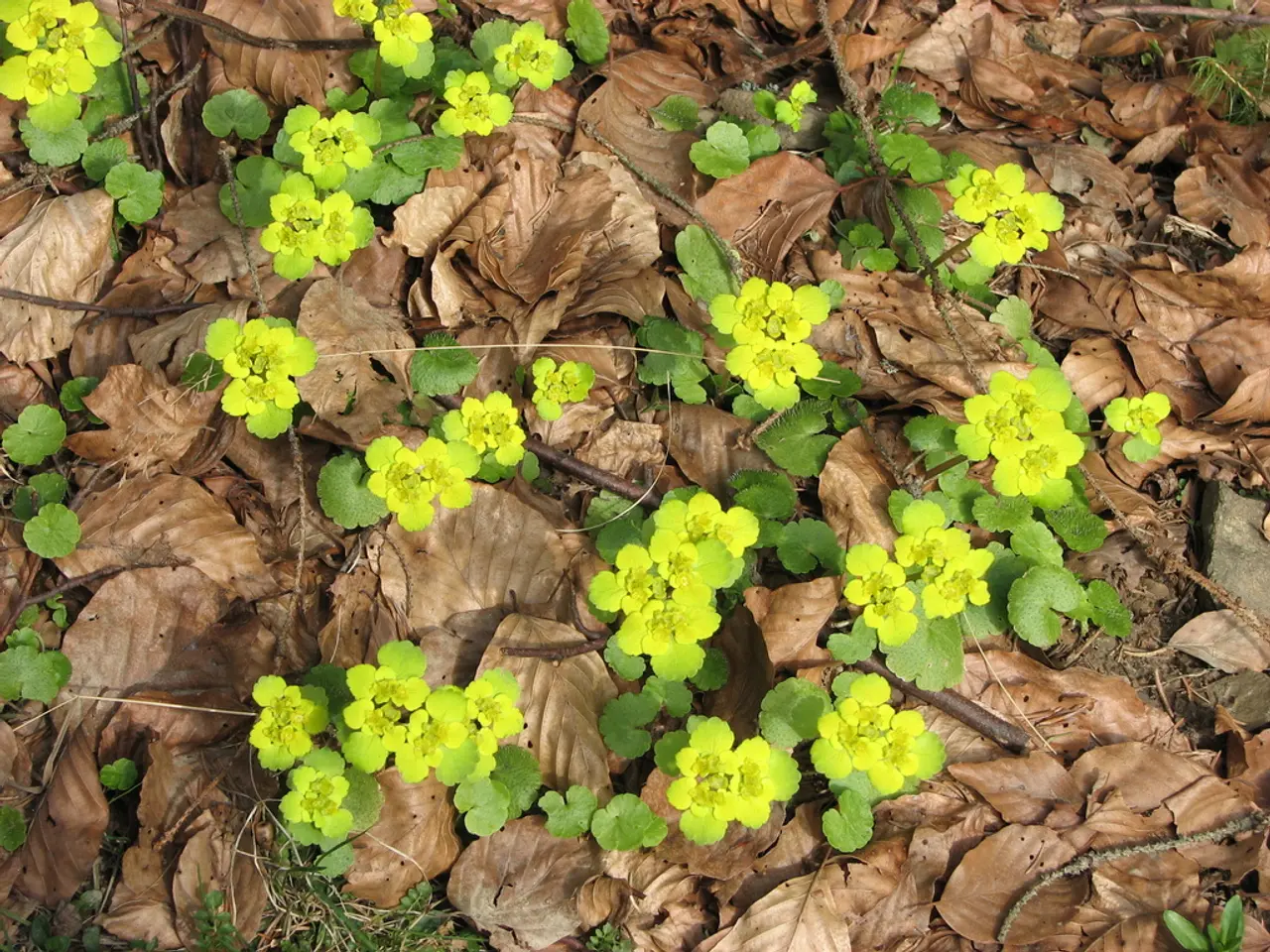Amazon has experienced a greater land loss equivalent to that of Spain over the past four decades.
The Brazilian Amazon, a vast and vital ecosystem, has experienced a significant and alarming loss of forest cover over the past four decades, according to data from the MapBiomas initiative.
From 1985 to 2024, more than 1.2 million square kilometers of the Amazon basin have been deforested or severely degraded. This corresponds to approximately 17% of the forest and nearly 10% of the total natural vegetation across the entire Amazon basin.
The trend of deforestation has been steady, with some fluctuations. In 1985, about 80% of Brazil’s territory was still covered by natural areas. However, from 1985 to 1994, this coverage decreased sharply as anthropic areas (human-transformed land) increased by 36.5 million hectares, driven mainly by pasture expansion.
The most intense deforestation phase occurred between 1995 and 2004, marked by rapid agricultural expansion, especially cattle grazing and soybean farming. Tasso Azevedo, coordinator of MapBiomas, stated that this period saw the most intense deforestation.
Between 2005 and 2014, Brazil recorded the smallest net loss of forests since 1985, indicating some success in slowing deforestation temporarily. However, after 2014, deforestation rates increased again.
Approximately 13% of the natural areas in the Brazilian Amazon alone were lost from 1985 to 2024, with about 60% of agricultural land expansion occurring during these four decades. The deforestation has fragmented the landscape, increasing vulnerability to fires and biodiversity loss, and contributing significant climate feedbacks that threaten the rainforest’s stability.
In recent years, the trend was accelerated by degradation, climate change, and agricultural expansion, according to Julia Shimbo, scientific coordinator of MapBiomas. The reduced moisture in the Pantanal, the world's largest wetland, facilitated devastating wildfires in 2024, with a water area that was 73% below the average for the years 1985-2024.
President Luiz Inácio Lula da Silva has pledged zero deforestation for Brazil by 2030. The upcoming World Climate Conference COP30 in November in Belém in the Amazon region will discuss topics such as climate protection and deforestation. The MapBiomas initiative, a network of universities, non-governmental organizations, and technology companies, studies satellite imagery among other things, providing comprehensive data on this critical issue.
Before 1985, Brazil had converted 60% of the land currently used for agriculture, mining, cities, and infrastructure over almost five centuries. In the Cerrado, Brazil's savannas in the southeast, about 40 million hectares of natural vegetation were cleared in the four decades, representing a 28% decrease.
This loss is more than three times the area of Germany. The loss over the past four decades in Brazil totals 111.7 million hectares, with the remaining 40% of this conversion occurring in just four decades, from 1985 to 2024. The share of natural areas in Brazil decreased from 80% in 1985 to 65% in 2024, according to the MapBiomas report.
As the world looks to protect and preserve the Amazon rainforest, understanding the extent and history of deforestation is crucial. The data from MapBiomas provides a clear picture of the challenges ahead and the urgency for action.
- Economic and social policies, in particular those related to agricultural expansion, have significantly contributed to climate-change issues, as seen in the deforestation of the Brazilian Amazon, according to the MapBiomas initiative.
- The increase in science and technological advancements, such as satellite imagery, plays a vital role in monitoring environmental-science issues like deforestation, as demonstrated by the MapBiomas initiative.
- The upcoming general news event, COP30, will discuss critical topics like climate protection and deforestation, with a focus on the Amazon region, where significant reductions in forest cover are necessary for political agendas aiming to curb climate-change impacts.






